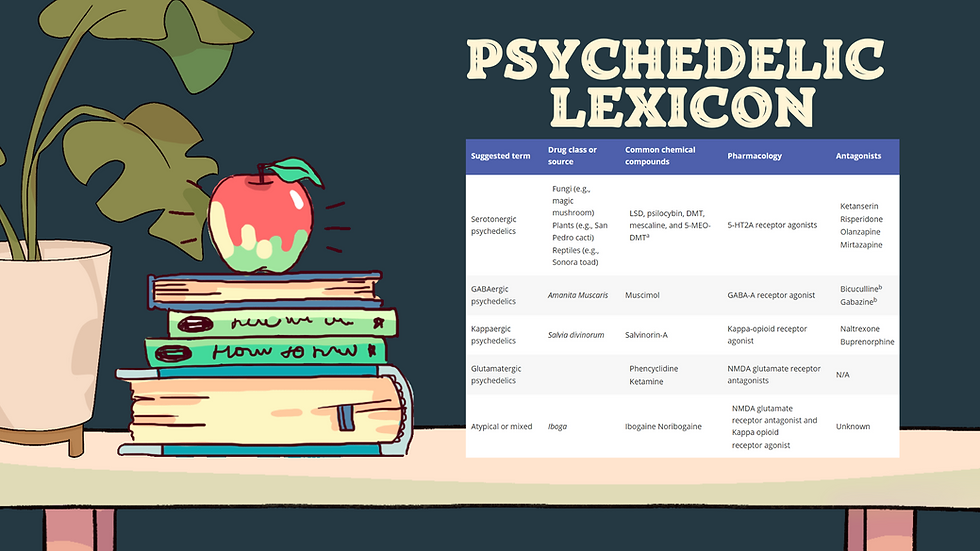Ecstasy, legal highs and designer drug use: A Canadian perspective
- Drug Science
- Feb 10, 2014
- 1 min read
Updated: Apr 9, 2024

Recreational drug use in Canada is not uncommon, but as with most societies, illegal drug use carries harsh penalties resulting in a criminal record when an individual is successfully prosecuted. Popular drugs of use in Canada include ecstasy, cannabis (including some synthetic cannabinoids sold as ‘Spice’ and ‘Incense’) and several emerging psychoactive ‘legal highs’. Surprisingly, Canada is a major manufacturer and exporter of the popular club drug ecstasy, with criminal gangs organising the synthesis and distribution of this club drug worldwide. Over the last 18 months, there has been much interest in and use of alternatives to ecstasy due to contamination of ecstasy during synthesis. One particular contaminant, paramethoxymethamphetamine (PMMA), has resulted in several deaths. Other alternatives include piperazines and mephedrone analogues. With regard to cannabis, some is home grown within people’s properties, but there is also large-scale cultivation in British Columbia where the climate is more temperate. With the introduction of corporate drug screening, there is increasing use of synthetic cannabinoids to avoid detection of marijuana use. This article discusses the problems and trends of synthetic drug use in Canada and reflects on the limited education available to youth in this regard. This research was published in the Drug Science, Policy and Law Journal the definitive source of evidence-based information and comment for academics, scientists, policymakers, frontline workers and the general public on drugs and related issues For open-access to the full report of this research, see below:




